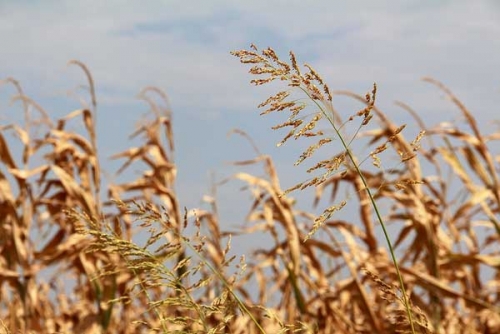Drought USA
A year ago, drought conditions stretched from coast to coast — Massachusetts to California — hitting central Georgia and the central Great Plains states of Kansas, Nebraska, Colorado, Oklahoma and Texas the hardest. Drought conditions in the Great Plains were worse than the driest summers of the Dust Bowl of the 1930s. By the end of July 2012, drought-related losses there were already estimated at $14 billion.
Today, the Great Plains are still suffering even with recent rains, and the drought has situated itself roughly along the nation’s traditional boundary between wet and dry — the 100th Meridian. East of that line, annual precipitation is generally above 25 inches; west of it, an arid climate reigns in most areas.
West of that line, the drought remains entrenched. East of that line, the drought has generally disappeared in most areas, though some parts of the Midwest and Texas are still drier than normal and moderate drought is surging again in Iowa.
Climate change may be partly responsible for how the drought is easing in some areas to the East, even as it's likely causing drought events to become frequent and severe.
Abnormally heavy summer rains have forced a partial retreat of exceptional drought, the term for the most devastating dry conditions, in Colorado, Kansas and other parts of the Great Plains, and a complete disappearance of all drought conditions in hard-hit Georgia, according to the August 13 edition of the Drought Monitor, published Thursday.
As of Thursday, the area of the country under moderate-to-exceptional drought conditions had fallen to 45.26 percent.
A year ago, exceptional drought conditions affected 6.26 percent of the contiguous U.S., concentrated mainly in Kansas, Nebraska, Oklahoma, Colorado, Arkansas, Missouri and Georgia.
Today, 2.03 percent of the country is suffering from the worst drought conditions, mainly in northwestern Kansas and the New Mexico’s central Rio Grande Valley, with some areas in northeast Arizona, western Nevada and eastern Colorado’s Arkansas River Valley.

No comments:
Post a Comment